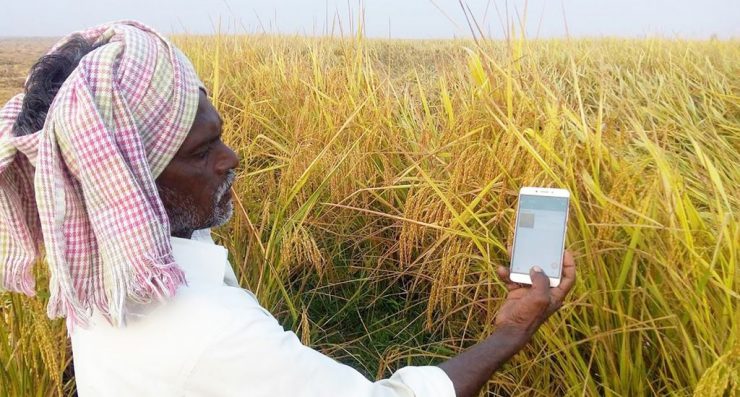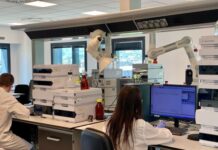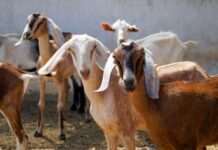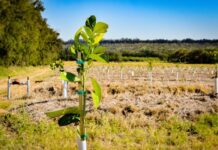Allow me to start with a note:
2nd to 6th of September, I will be in Accra, Ghana for AGRF 2019. Contact me to pre-schedule meetings.
When we come to improve the agriculture in Africa and Asia, the first questions we should be asking are:
* What is preventing it from improving and moving forward or why is it stopped now?
* Why agriculture in Africa/Asia is not as good, and not as advanced as it is in the West?
Recently, I was repeatedly approached to help with the content of conferences dealing with advanced technology for agriculture in Africa and Asia. There are so many conferences like this.
For example, early next month I will be in Ghana for African Green Revolution Forum 2019 (AGRF). This time AGRF meeting title is, GROW DIGITAL – Leveraging Digital Transformation To Drive Sustainable Food Systems In Africa.
Everywhere you go you hear Technology, Technology, and more Technology.
So much technology! – Is it justified? Is that THE factor which is preventing the improvement?
Even I, as the CEO of a technological company, I keep asking myself –
Is this the most important thing for Africa/Asia agriculture? Is the main problem is a lack of technology? And, if yes, then what kind of technology? Will it (technology) be sufficient to solve ALL problems?
The Wisdom of the Masses
So before writing this article I posted an open question on LinkedIn, Facebook and YouTube, “What do you think is the reason for the huge agricultural gap between Africa/Asia and the West?”
I then waited for my contacts and friends or followers to give me their thoughts. Thankfully, answers came, and many answers came directly from Africa and Asia.
I hereby share with you the long list of the most appearing points that repeatedly came up (the order of appearance is random):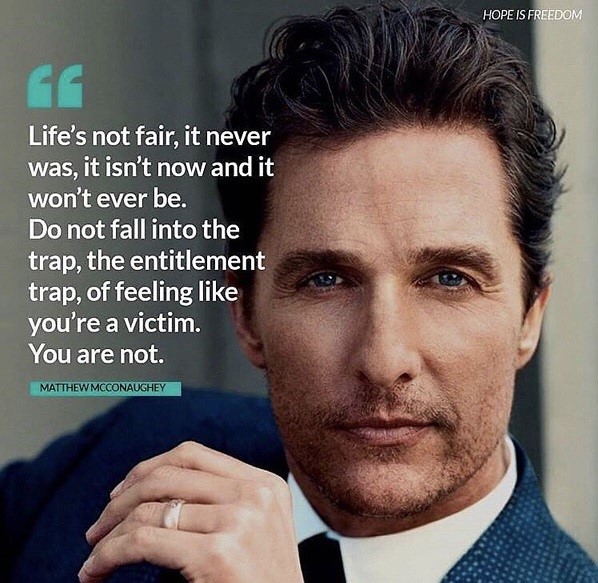
– Bad leadership.
– The missing Know-how.
– Low-income and low profitability per hectare.
– Involved companies Cartels.
– Corruption (repeatedly mentioned)
– Poor planning.
– Lack of sound agricultural policy.
– Dependency on the world food program.
– Dependency on Western governments (support).
– Lack of capital support to Farmers.
– Nepotism.
– Favoritism.
– Farm ownership size (meaning, small size farms).
– Low level of acceptance of new information and technology by the farmers.
– Practicing conventional tillage.
– An administration that does not care about the farmers.
– Lack of accountability (corruption).
– Wars.
– Lack of proper education.
– Lack of trust.
– Cultural differences.
– Political (in)stability.
– Crude implements.
– Lack of sustainable agricultural practice.
– Lack of infrastructure (such as roads and electricity).
– Research.
– Knowledge of what to do with the produce (marketing).
– Agricultural skills.
– Business skills.
– Start-up capital.
– Operation capital.
– Land ownership.
– Distance to market.
– Not understanding the value chain.
– Lack of consistent policy.
– The young generation does not want to work in agriculture.
– Locking agriculture mobility (a valiant form of an older feudal system).
– Agriculture is not taken seriously.
– Low financial and technological investment.
– Dwindling soil.
– Poor quality inputs.
– Poor operational systems and procedures.
– Lack of technology.
Note that ‘technology’ is rarely mentioned, and ‘advanced-technology’ is not mentioned even once. For all responses see the >> LinkedIn << post.
As a former farmer, as a scientist, as an advisor, and as the CEO of a technological company, I found myself in many cases feel and think like my audience (who answered my question).
I believe that technology is part of the solution, but not the leading one!
Therefore, I make sure that the Biofeed approach is holistic to any problem we encounter.
It is never only about technology – as I stated – technology is always part of the solution, but it is not THE Solution.
Technology is useless without the other parts in the agricultural success story, which include critical components, such as – know-how, education, proper agricultural practice, quality inputs, reach to the markets, trusted political environment, personal safety, reach to financial support and several more critical factors for moving forward successfully.
The Biofeed Way
We, the Biofeed team, we understand that to see the blossoming of agriculture in Africa and Asia, we need an overall comprehensive and supportive system. Such a system, often, simply does not exist in those areas and therefore we must establish it first.
To answer such a system’s need we decided to enable the farmer and the country to build, strengthen and enhance capabilities throughout the value chain.
The First Step – Quality
We focus on raising the QUALITY of agricultural produce.
HOW?
By reducing infestation and fruit loss from an average of 50% to ‘export quality’ (less than 1%!!).
By implementing that step and using Biofeed method, we can reduce the chemical residues in the fruits to the lowest levels.
The result is EXPORT QUALITY FRUITS!
The highest possible quality level, for which you can get a premium price on the open market.
The Second Step – Quantity
Increase of yield – the amount of agricultural produce per hectare.
HOW?
By bringing proven education, technologies for irrigation, fertilization, cultivars, nurseries, etc.
But, as you understand, technologies without knowledge, without guidance, without monitoring and the ability to fix and improve in real-time is good for nothing.
So how do you make sure that the use of technology is optimal?
The Third Step – Value Chain
Building a Vision2Market value chain – from the leader’s Vision to the leading Markets.
HOW?
By filling up the gaps with the best possible, high quality, suitable people from around the world and offer them long-term contracts!
For example:
* Farmers – working the farms.
* Packinghouses.
* Quality assurance.
* Standardization
* Branding.
* Marketing.
* Etc.
The greatest challenge here is – training and increasing farmers’ knowledge.
Here Biofeed will implement its unique model of farmers operated by active well-trained farmers that we will bring from Israel and other countries to actively work and operate the farms while training on-site farmers, students, and experts.
This way we can keep the farms working for years and continuously transferring know-how.
Furthermore, we expect that those farmers will bring new scientific solutions to the ‘local problems’, from their homeland, where they are located.
An important part of the value chain is taking a large volume of high-quality produce from the farmer all the way to the market. We will do that, too, in the highest possible manner, and in cooperation with the state.
The Outcome – Creating A Fundamental, Long-Lasting And Sustainable Change
Using the Three Steps program, we will make sure that agricultural know how, practice, culture, etc. are continuously transferred, directly to the farmers and experts during an unlimited period.
I believe that part of being realistic means that you understand that to change an agriculture set of mind, culture, and practices, will not happen overnight and therefore requires a long-term commitment.



